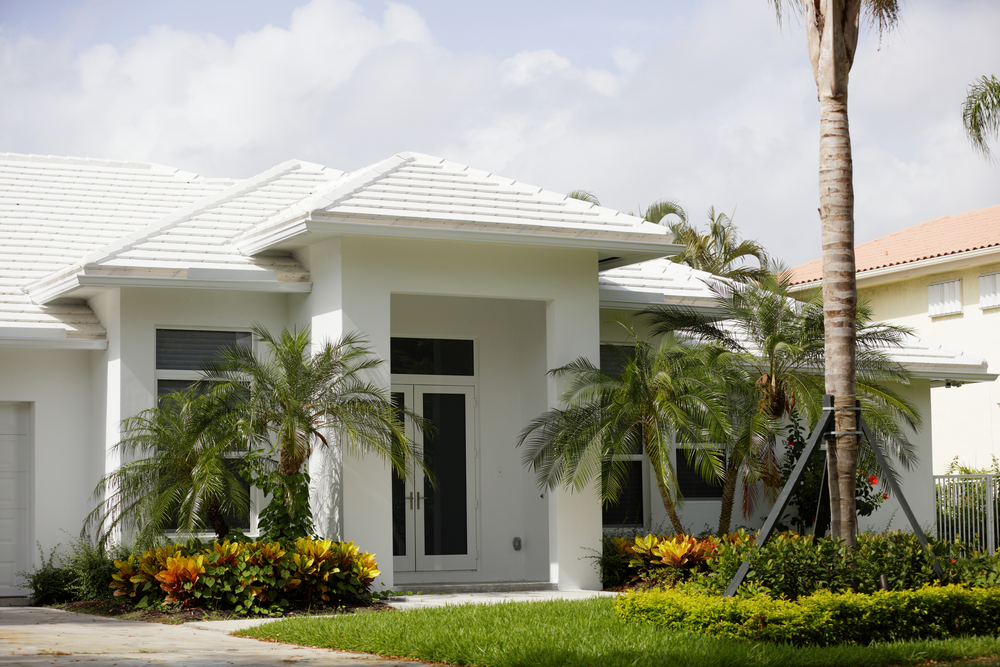Most homeowners know very little about their roof, and this is normal. After all, you aren’t expected to be an expert on every area of your home, and if you aren’t a roofing company in Central Florida, then you likely know very little about what goes into building a residential roof.
Eventually, though, issues may arise and you need to know more about your roof. Maybe your roof was damaged and needs to be repaired. Maybe it’s time to replace it. In any case, there’s a lot that goes into making a residential roof, so here’s a quick overview of all the different aspects.
-
Roof Decking
Roof decking is the first part of your roof and is made from plywood, or wooden boards, to create the foundation of your roof. The roof decking supports the weight of your roof, so if it rots or gets too old to safely support the rest of your roof, it will need to be replaced.
-
Drip Edge
In order to ensure that your roof is waterproof, a drip edge is installed. This is the metal flashing at the edges of your roof, around the eaves and rakes, that prevent water from finding its way underneath your roof. This also prevents rot and helps your roof last longer.
Installing a drip edge is a requirement in most building codes, though some roofers may avoid it. It’s an important part to have, though, as without it, your roof is prone to rotting.
-
Underlayment
Next, you have the roof underlayment. This part comes between the decking and your roofing material. It’s designed to further protect your roof deck from the risk of rot, mold, or mildew.
When choosing a roof underlayment, you’ll often be presented with two options: felt or synthetic. Synthetic tends to be more protective, but felt has been around the longest.
-
Roof Flashing
Roof flashing is one of the more important aspects as it directs water away from more vulnerable areas of your roof, such as walls, chimneys, and roof valleys. It’s made of metal and prevents most roof leaks.
You have your choice of materials when it comes to flashing, but it’s important to change it when it’s time to replace your roof as it will only be effective when it’s well taken care of and not too old.
-
Roofing material
The roofing material you chose gets installed next. Whether it’s shingles, tiles or metal, each roofing material has its own pros and cons, so it’s important to read up about their respective advantages and disadvantages. Keep in mind the climate of where you live as well as your budget.
-
Ridge Capping
Ridge capping goes over the area where two slopes meet. It’s often at the very top of your roof and wherever other roof slopes meet around your home’s roof. It comes pre-bent and is used to seal the top of your roof.
-
Vents
To prevent your roof from getting too hot and warping, roof vents are installed. They help your home breathe and ventilate through the year and help keep your energy bills at a reasonable cost. Depending on your budget, there are different types of roof vents available to meet your needs.
Conclusion
No matter which roofing company you hire to work on your roof, it’s crucial to make sure that they keep in mind all aspects of roofing. Whether you’re repairing or replacing your roof, taking care of all parts is vital in ensuring your roof stays strong and can defend your home against the elements. If you have any further questions, don’t hesitate to call our roofing experts at Greenway Roofing for advice!

